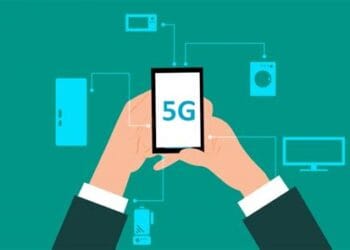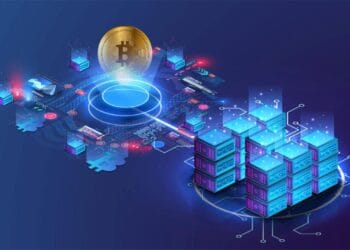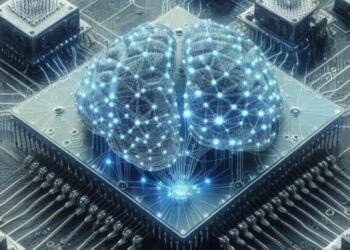A fundamental shift is quietly reshaping the digital world. For decades, our online lives have been governed by a centralized model: powerful intermediaries like banks, tech giants, and governments have held the keys to our data, our finances, and our digital interactions. This architecture, while familiar, has inherent vulnerabilities—single points of failure, censorship, and a profound imbalance of power. Now, a new paradigm is gaining significant ground: decentralization. More than just a technological buzzword, it represents a revolutionary movement to redistribute power, enhance security, and build a more transparent, equitable, and resilient internet.
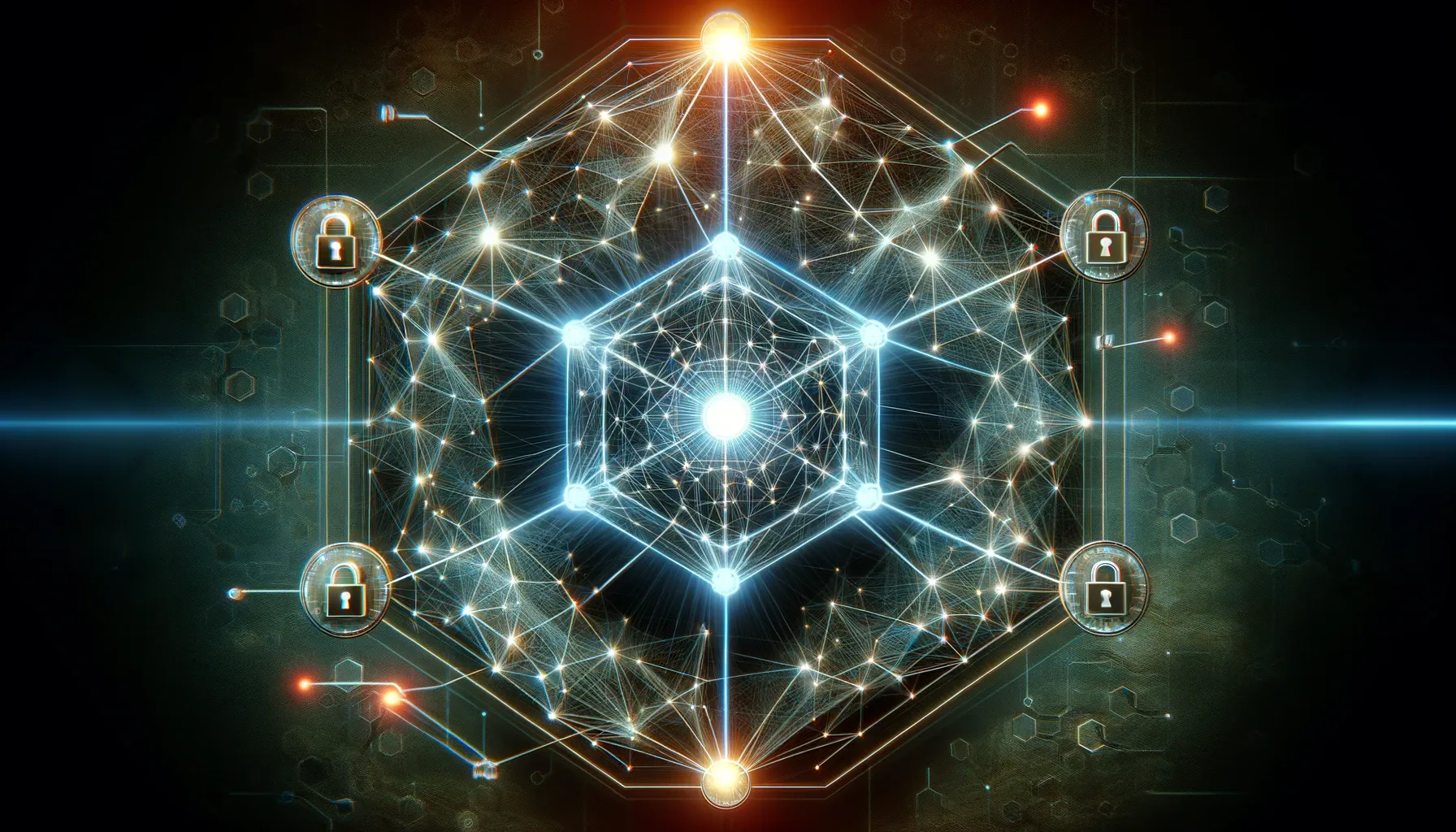
This seismic shift, often called the “trust revolution,” is powered by a confluence of groundbreaking technologies like blockchain, smart contracts, and peer-to-peer networks. It’s an ambitious effort to replace fallible, centralized gatekeepers with immutable, automated code. From reimagining finance to rebuilding the very fabric of the web, decentralized systems are moving from the fringes of cryptographic research to the forefront of technological innovation.
This in-depth article will explore the core principles of decentralization, dissect the key technologies making it possible, and examine its transformative impact across various sectors. We will navigate the burgeoning world of Decentralized Finance (DeFi), demystify the vision for Web3, and assess both the incredible promise and the formidable challenges that lie ahead on the path to a truly decentralized future.
Understanding the Core Divide: Centralized vs. Decentralized
To grasp the significance of decentralization, one must first understand the system it seeks to improve. Our current digital infrastructure is overwhelmingly centralized.
Centralized Systems: Think of a traditional bank. All transactions are routed through the bank’s central servers. They have ultimate authority to approve, deny, or reverse transactions. Similarly, a social media platform’s central servers store all user data, and the company has absolute control to modify or delete content and accounts. This model is efficient and simple to manage but comes with significant risks. A single successful cyberattack on the central server can compromise millions of users, and a policy change by the central authority can impact everyone on the network.
Decentralized Systems: In contrast, a decentralized system distributes information and authority across a network of participants (nodes). There is no single point of failure or control. Instead of a central server, there is a shared, distributed ledger that everyone on the network helps to maintain and validate. Decisions are made through consensus mechanisms, where the majority of participants must agree on the state of the network. This architecture is inherently more resilient, transparent, and censorship-resistant.
The Technological Pillars of the Decentralized World
The rise of decentralized systems is not a matter of philosophy alone; it is enabled by a suite of powerful and interlocking technologies.
A. Blockchain: The Foundation of Digital Trust At the heart of the decentralization movement is blockchain technology. A blockchain is, in its simplest form, a distributed and immutable digital ledger. Let’s break that down:
- Ledger: It is a continuously growing list of records, much like a financial account book.
- Digital and Distributed: This ledger isn’t stored in one place. Instead, an identical copy is held by countless computers (nodes) across a global network. When a new transaction occurs, it is broadcast to the network and, once validated, is added to every copy of the ledger.
- Immutable: Transactions are grouped into “blocks.” Each block is cryptographically linked to the one before it, forming a “chain.” This cryptographic link, a hash, ensures that once a block is added to the chain, it cannot be altered or removed without altering every subsequent block—a computationally impossible task. This immutability is what creates trust without the need for a trusted third party.
Bitcoin was the first application of blockchain, creating a peer-to-peer electronic cash system. However, the technology’s potential extends far beyond digital currency.
B. Smart Contracts: Self-Executing Agreements If blockchain is the decentralized database, smart contracts are the decentralized applications that run on it. A smart contract is a piece of code that automatically executes the terms of an agreement when specific conditions are met.
Think of it as a digital vending machine. In the real world, you insert money (the condition), and the machine automatically dispenses your chosen snack (the execution). A smart contract does the same with digital assets and actions. For example, a smart contract could be written to automatically release payment to a freelancer once a project is marked as complete on the blockchain, or to automatically pay out an insurance claim once a flight delay is verified by a trusted data feed. By encoding rules onto the blockchain, smart contracts enable complex, automated interactions without the need for lawyers, brokers, or other intermediaries, drastically reducing costs and increasing efficiency.
C. Peer-to-Peer (P2P) Networks: The Communication Layer P2P networks are the connective tissue of decentralized systems. Unlike a client-server model where many clients connect to one central server, in a P2P network, participants (peers) connect and share resources directly with each other. This is the model used by early file-sharing services, and it is essential for the operation of blockchains, allowing nodes to communicate, share transaction data, and maintain consensus across the entire distributed network.
Web3: Building the Next Generation of the Internet
The concepts of decentralization are culminating in the vision for a new phase of the internet, widely known as Web3.
Web1 (The Read-Only Web, ~1990-2004): The first era of the web was dominated by static websites. Users were primarily consumers of information, with little to no ability to interact or create content.
Web2 (The Read-Write Web, ~2004-Present): The current web is interactive and social. Users can create and share content on platforms like Facebook, YouTube, and X (formerly Twitter). However, this content and the user’s data are owned and controlled by the centralized platforms themselves. We are the product.
Web3 (The Read-Write-Own Web): Web3 aims to be a decentralized version of the internet built on blockchain technology. The core idea is to shift ownership and control from centralized corporations back to individual users. In Web3, your digital identity, data, and assets are yours to own and manage, often through a non-custodial crypto wallet. You interact with decentralized applications (dApps) that run on the blockchain, not on corporate servers. This vision promises an internet that is more open, permissionless, and user-centric.
The Decentralized Revolution in Practice
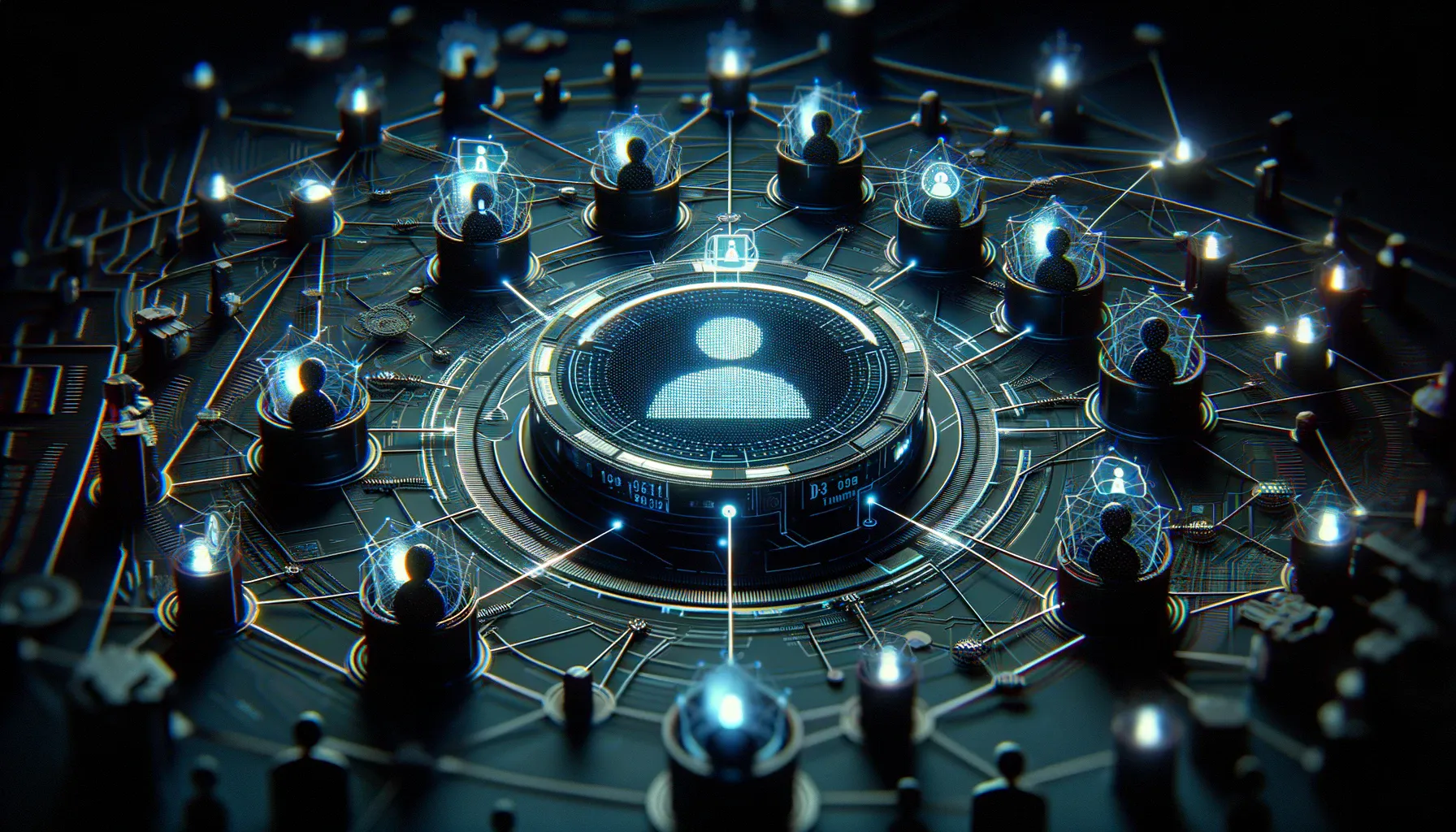
Beyond theory, decentralized systems are already creating tangible value and disrupting major industries.
A. Decentralized Finance (DeFi): An Open Financial System DeFi is by far the most developed and impactful application of decentralization. It seeks to rebuild the entire traditional financial system—including lending, borrowing, trading, and insurance—on open, permissionless blockchains, primarily Ethereum.
- Decentralized Exchanges (DEXs): Platforms like Uniswap and PancakeSwap allow users to trade digital assets directly from their wallets without ever giving custody of their funds to a central exchange like Coinbase or Binance.
- Lending and Borrowing Protocols: Platforms like Aave and Compound enable users to lend their crypto assets to earn interest or borrow against their holdings, all governed by smart contracts without the need for a bank.
- Stablecoins: Cryptocurrencies like USDC and Dai are designed to maintain a stable value pegged to a real-world asset (e.g., the US dollar), providing a reliable medium of exchange within the volatile crypto ecosystem.
DeFi’s promise is one of financial inclusion, transparency, and efficiency, removing biased intermediaries and giving access to financial services to anyone with an internet connection.
B. Decentralized Autonomous Organizations (DAOs): A New Model of Governance A DAO is essentially an internet-native organization where the rules are encoded as smart contracts and decisions are made collectively by its members, often through voting with governance tokens. They function like member-owned cooperatives. DAOs are used to manage DeFi protocols, investment funds (venture DAOs), and collaborative projects. They offer a transparent and democratic alternative to traditional top-down corporate structures.
C. Decentralized Storage and Social Media The push for decentralization extends to the data itself.
- Decentralized Storage: Projects like Filecoin and Arweave are creating P2P networks where users can rent out their unused hard drive space. This creates a resilient, censorship-resistant cloud storage market that competes with centralized giants like Amazon Web Services. Files are encrypted, split into pieces, and distributed across the network, ensuring no single entity controls the data.
- Decentralized Social Media: Platforms are emerging that aim to give users full control over their content and social graph. Because the data lives on a decentralized network, it cannot be arbitrarily deleted by a central authority, offering a solution to concerns about censorship and de-platforming.
The Inherent Challenges on the Road Ahead
Despite its immense potential, the path to a decentralized future is riddled with significant obstacles that must be addressed for mainstream adoption.
A. Scalability and Performance Decentralized networks are often slower and more expensive to use than their centralized counterparts. The need for every transaction to be validated by thousands of nodes creates a bottleneck. While solutions like Layer 2 scaling networks are being developed to address this, achieving the speed and low cost that users expect from Web2 applications remains a major technical hurdle.
B. User Experience (UX) and Accessibility Interacting with decentralized applications currently requires a significant level of technical understanding. Managing private keys, understanding gas fees, and navigating complex interfaces creates a steep learning curve for the average user. Simplifying this user experience is paramount for widespread adoption.
C. Regulatory Uncertainty Governments and regulatory bodies around the world are still grappling with how to approach decentralized technologies. The lack of clear legal frameworks creates uncertainty for builders, investors, and users. Issues surrounding taxation, anti-money laundering (AML) laws, and securities classification remain contentious.
D. Security Vulnerabilities While blockchains themselves are highly secure, the applications built on top of them can have vulnerabilities. Bugs in smart contract code have led to the loss of billions of dollars through hacks and exploits. Rigorous code audits and better security practices are essential to building user trust.
An Unstoppable, Evolutionary Force
Decentralized systems represent more than just a technological innovation; they are a response to the inherent weaknesses of our current digital infrastructure. They offer a compelling vision for a future where individuals have greater sovereignty over their digital lives, where systems are more resilient to failure and attack, and where trust is established through transparent code rather than fallible institutions.
The transition will not be instantaneous. It will be a long, evolutionary process filled with challenges, experiments, and setbacks. However, the core value proposition—the redistribution of power from the few to the many—is a powerful force. As the technology matures, the user experience improves, and regulatory clarity emerges, decentralized systems are poised to become an increasingly integral part of our digital society. The ground is undeniably shifting, and the revolution built on trustless trust is well underway.

